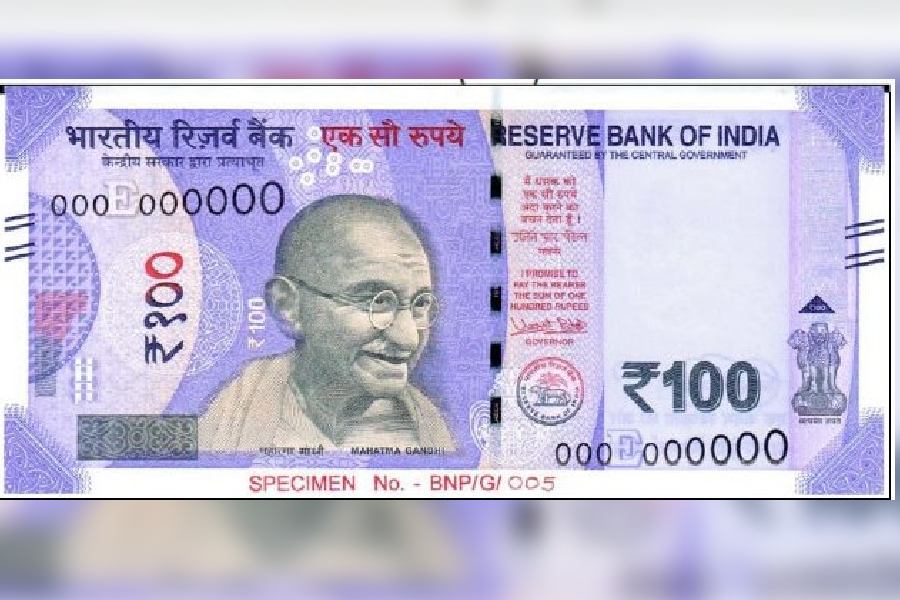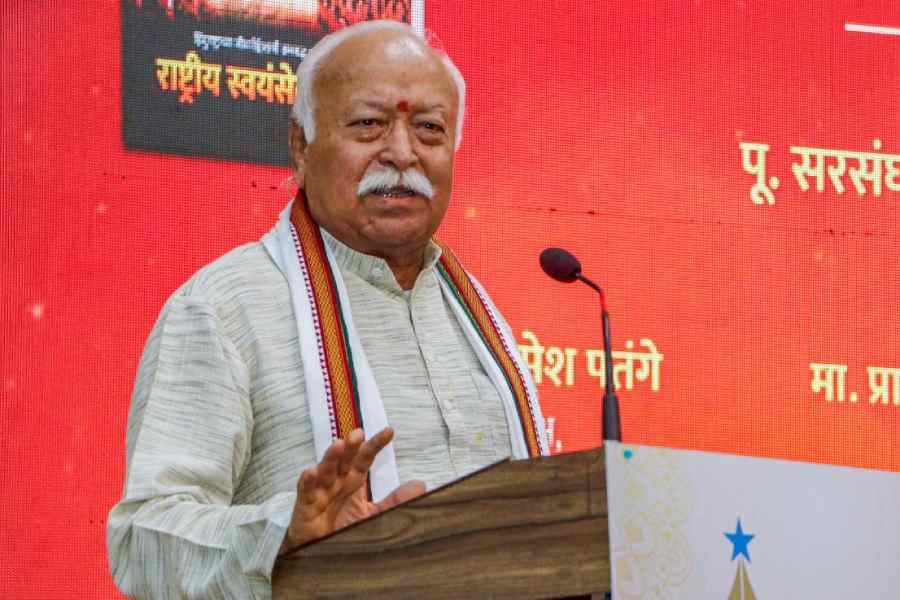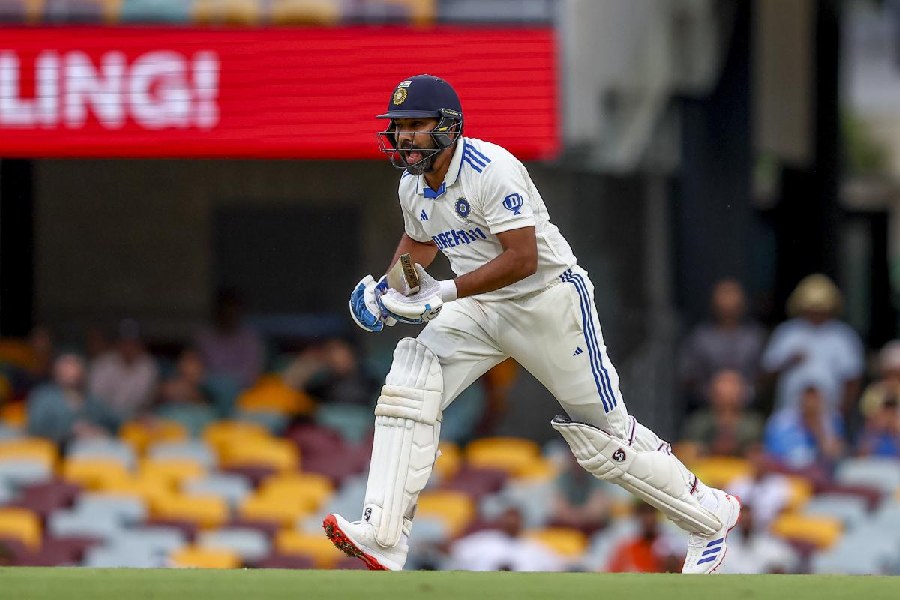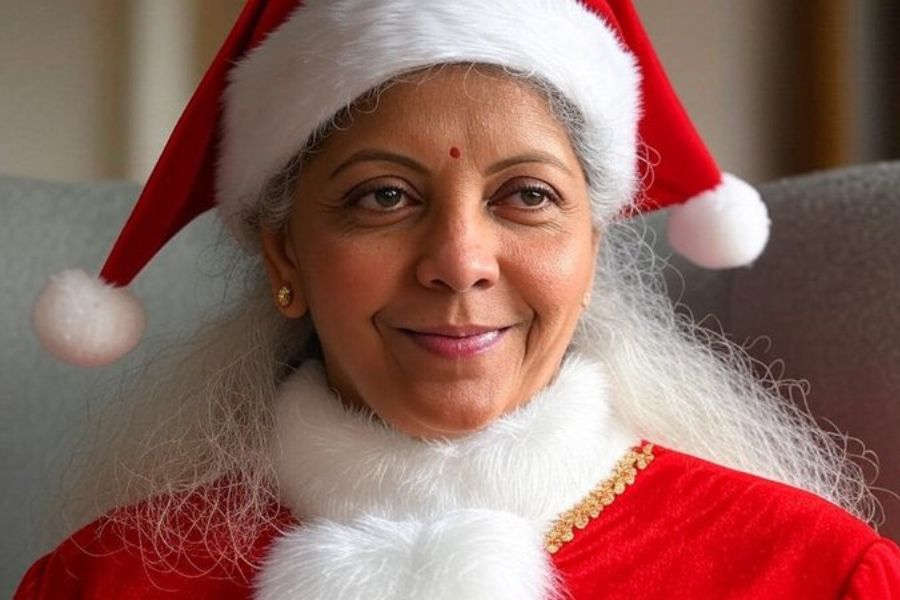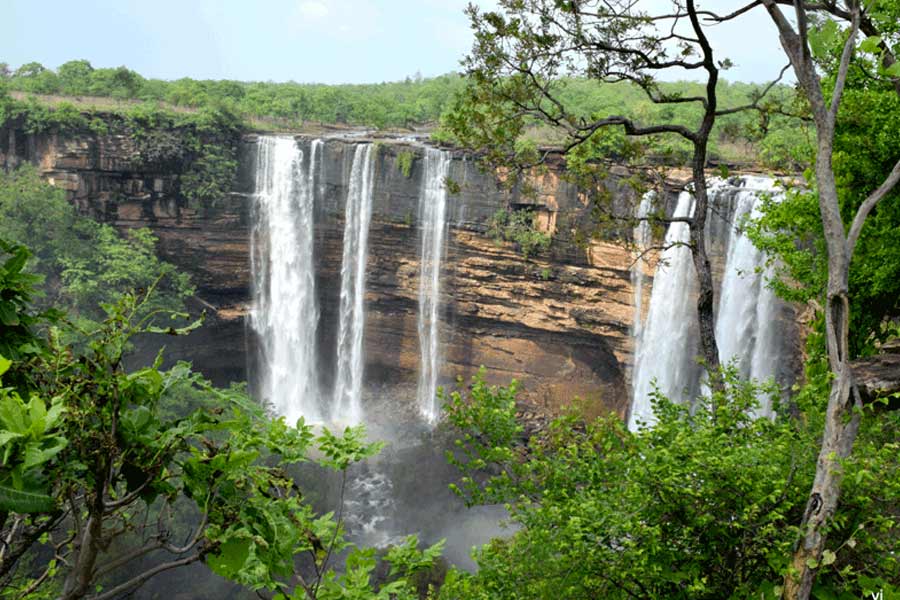Indians have become used to a frightening amount of violence in recent times. So much so that death and destruction seldom bother us. The pandemic further thickened our skins. Hearteningly, artists have tried to serve as conscience-keepers by offering timely and chilling reminders of the toll that violence takes on society. The exhibition, There is No Straight Line (organised by Gandhara Art Gallery), was one such collection of artistic observations that left viewers contemplating the passivity with which we accept violence.
Sarnath Banerjee’s installation, Censorship, in the form of a graphic novel combined myths and the mundane to forge unexpected links. His focus was on the duplicity of shadowy government organisations that censor in real life the very things they celebrate in myths. Another striking piece was Jubilee Night by Sambaran Das, where death and suffering — especially of the poor and the downtrodden — are turned into a spectacle (picture, right). The pigment on plywood board made excellent use of negative space to bring out the starkness of the horror it portrayed. Chandra Bhattacharjee’s acrylic on paper was as powerful an imagery, more so for its minimalism (picture, left). It brought to mind the horrific photographs of rows and rows of pyres that burnt during the second wave of Covid-19.
Piyali Sadhukhan’s installation resembling animal skin and flesh hung out to dry for the sake of making a fashion statement conveyed the same sense of unease as Soutine’s Carcass of Beef. Farhad Hussain’s kitschy aesthetic mocked the mindless travel boom after the pandemic while Debanjan Roy poked fun at the monumental ego of the man who ‘gifted’ the nation cheetahs on his birthday. Debanjan Goswami’s work was a poignant reminder that the independent thinker has been felled by the herd, whereas KP Reji highlighted the backbreaking labour of those who make up that faceless, nameless herd. Ketaki Sarpotdar summed up the plight of the innocent bystander who is caught in all this mindless violence.





